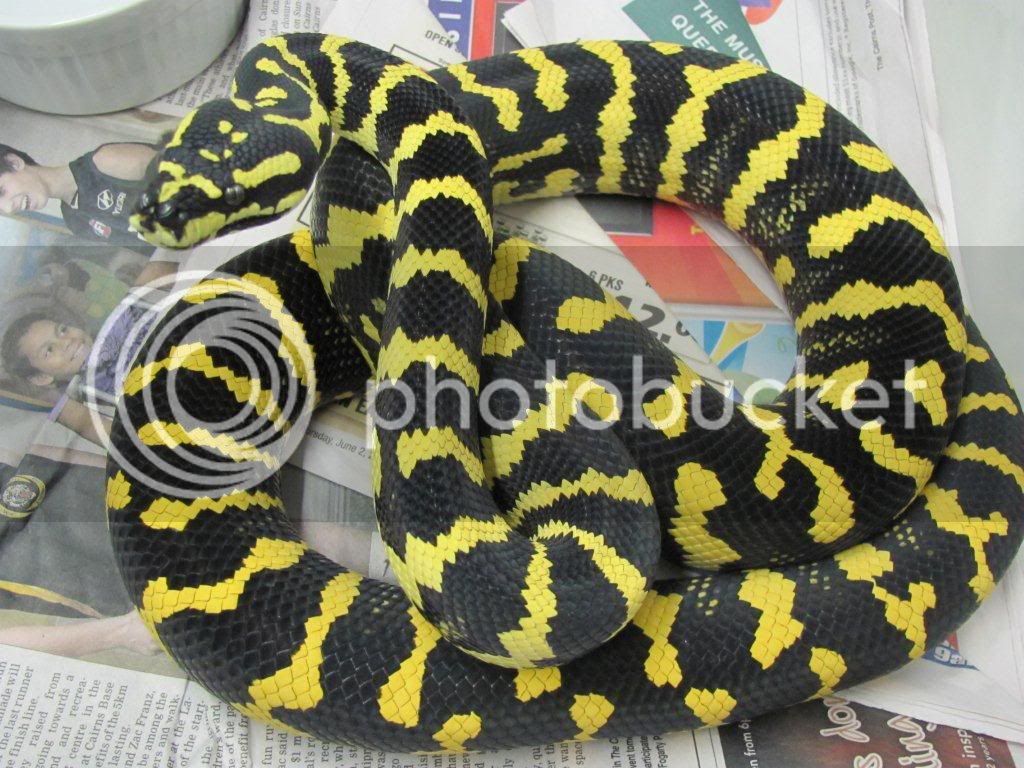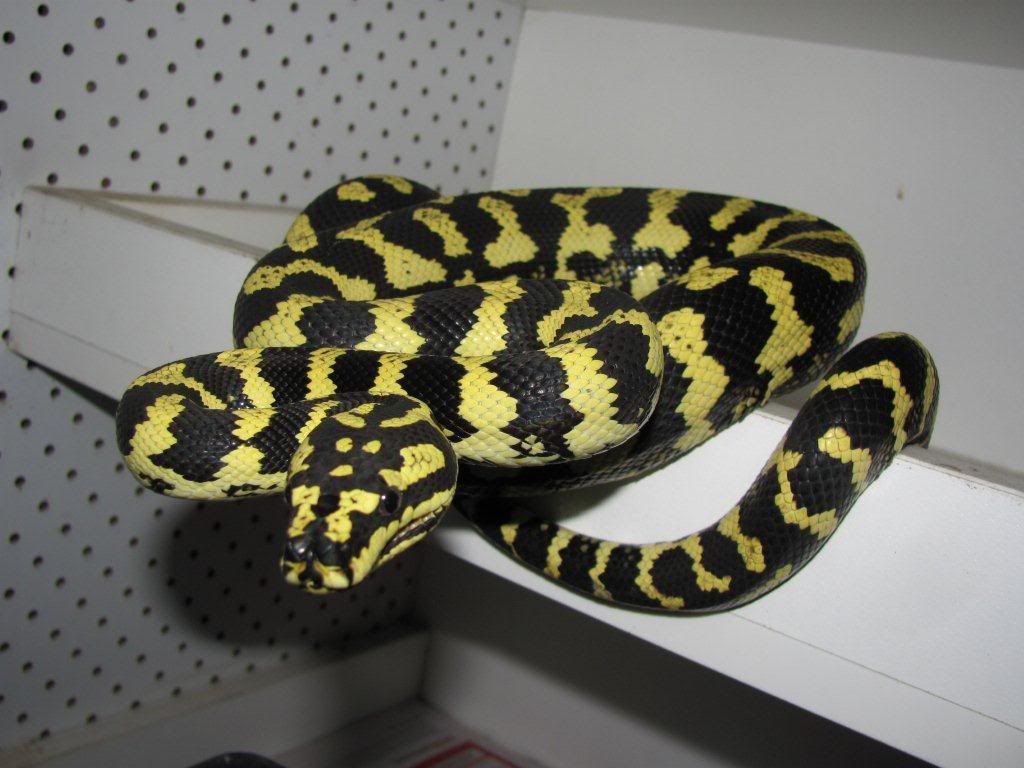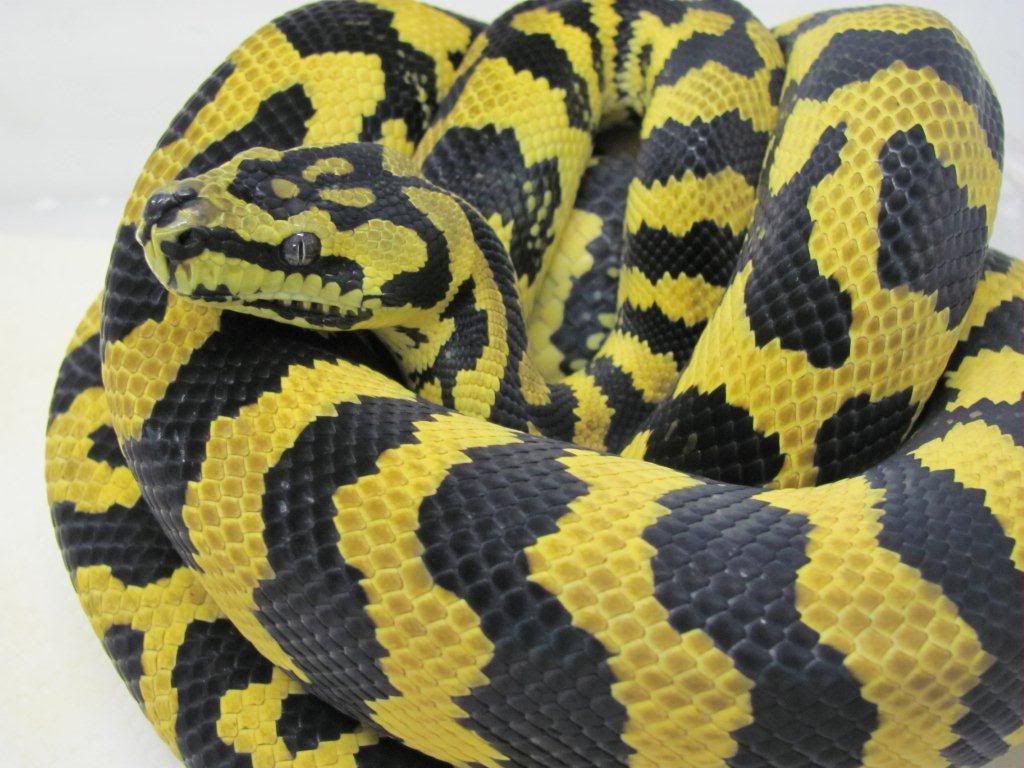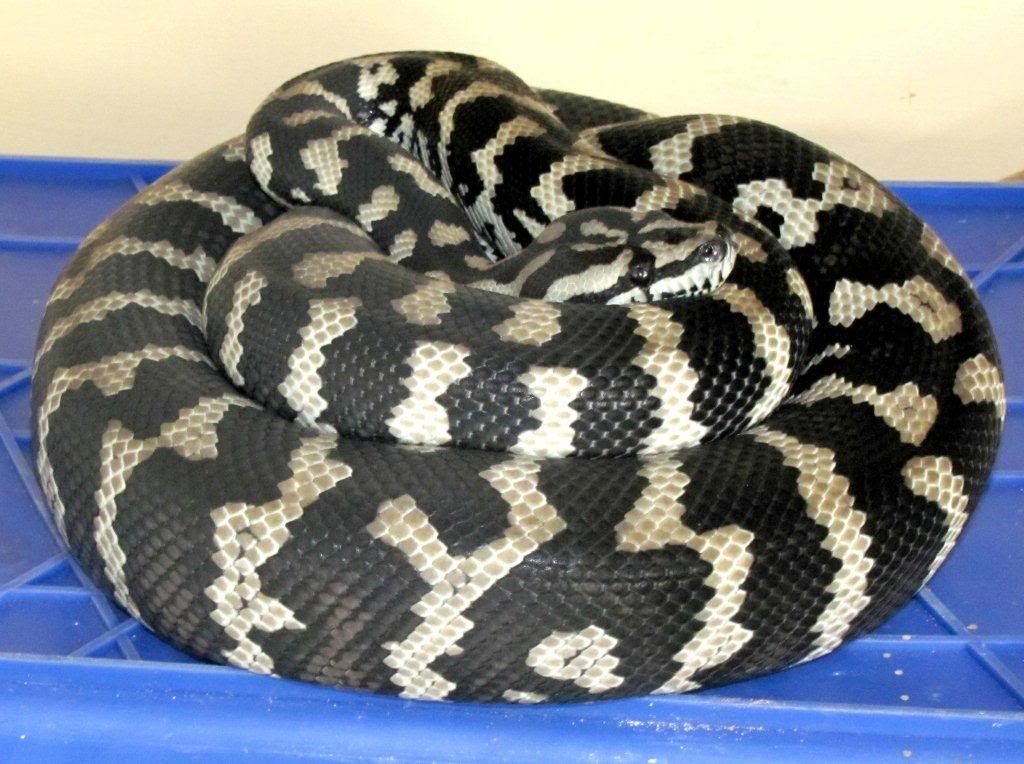Heres my veiw .
The facts are ? we all have licences and can breed and keep what ever is deemed legal in each state.
In regards to the Carpet python ? this is a truely polygenic python.
Look it up.
heres a link.
Quantitative trait locus - Wikipedia, the free encyclopedia
Every aspect of this species is one of gradual change moulded by their specific habitat and there polygenic genes.
Carpet pythons are locality colour and pattern forms "period" end of story . Not seperate sub species.
With the acception of Bredli and Imbricata.
All carpet pythons found in QLD are the one species stated by QLD laws and this is the correct view on this species .IMO.
So they are listed as such by QLD Wildlife departments.
Breeding different colour and pattern forms together jungle to coastal is still breeding the same species.
Breeding a Green tree Python to a carpet is definately a hybrid.
Same as breeding a Olive python to a Water Python. HYBRID.
These hybrids are illegal in QLD so the state regulations will apply to these Hydrids.
As far as keeping locality colour phase form Carpet python pure ?
I am 100% in favour of this , its a great idea . Something I already do.
What could be better than keeping pure Palmerston line like this female .
or this male Cowley jungle male bred by Rob Mcleod.
But i will breed them together for genetic diversity. I believe its the right thing to do.
Some palmerston bloodlines are extreemely inbred and genetic problems are starting come threw now dew to lack of genetic diversity .
So i believe breeding different localitys together will benifit those hobiests who wants the most stunning examples of Black & yellow jungles.
Heres a example of a designer Jungle Carpet Python from mixed locality bloodlines .
Bred by a Angie K , she used a pair of my mixed locality stock , tully /palmerston/ obee/wilson lines
A REAL MONGROL
Heres a Black & Gold example of a Simon Stone bloodline Atheron jungle Carpet bred by Colin.
Heres a suspected Axanthic colour phase jungle Carpet produced by Simon Stone.
A fine man and major sponcer here.
Simon would breed his best B&G pair together and some clutches would produce 1/4 of that clutch B&W colours.
Some of the breeders who have the desire to maintain top quality locality specific bloodlines also have the integrity to keep these lines pure ?
But they also choose to breed carpet pythons of mixed locality "Designer" forms together from different localities to create new or interesting forms for hobby purposes only.
Just so I am clear , breeding a Carpet python to another Carpet python in QLD is legal in my opinion .
But breeding a Green Tree Python to a Carpet python would be a hybrid and illegal in QLD .
I will always breed Carpet Pythons together .
But i would never breed a carpet Python to a Green tree Python because this is a HYBRID.....
I dont even keep GTPs anymore , I prefer my pretty carpet pythons instead.
Each to their own is my moto etc
cheers
Roger








